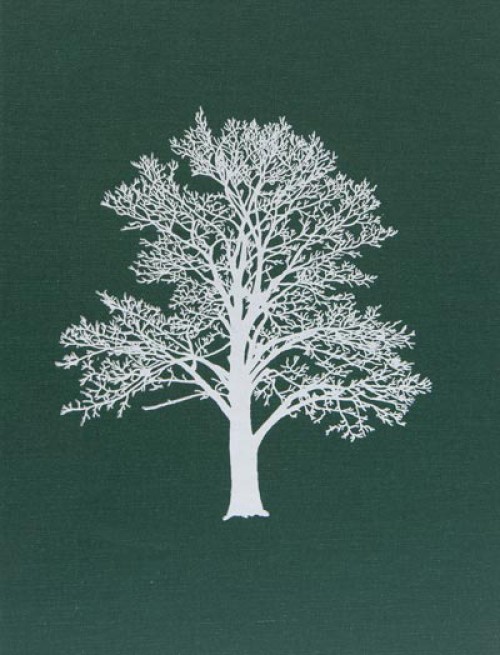by Christian Becksvoort
Lost Art Press, 2013
For cabinetmakers, both professional and amateur, the name Christian Becksvoort will have the same kind of resonance that Babe Ruth or Mickey Mantle will have for a baseball fan. Becksvoort has been building elegant, superbly crafted furniture inspired by Shaker designs for over 40 years, and his list of articles in Fine Woodworking magazine, where he is a contributing editor, is longer than both my arms put together. An Amazon customer who must have read a library copy of Becksvoort’s 1983 book In Harmony with Wood and subsequently tried in 2003 to buy a copy on Amazon, mourned that the book was no longer in print. He need mourn no longer because Becksvoort has thoroughly revised In Harmony with Wood and republished it with a new title, Working with the Grain.
Both those titles and the book’s subtitle, A Craftsman’s Guide to Understanding Wood, accurately reflect Becksvoort’s focus. Understanding wood and working in harmony with it in every stage from tree to tabletop is what this book is all about: how wood grows, how it is sawn and dried, how it responds to variations in humidity and temperature, how the orientation of grain, as well as methods of joinery, combine to produce a finished piece that will be stable under changing conditions, as well as pleasing to the eye.
A graduate of the University of Maine’s School of Forest Resources, Becksvoort draws on his extensive background in forestry and wood technology to provide in concise, readable form what every furniture builder ought to know about wood. His book’s five chapters are organized in a progression that begins with the tree and ends in the woodworking shop. Chapter One is about the structure of wood and the properties that determine the workability of different tree species and the appearance finished pieces will have. The second chapter, “Wood and Tree Identification and Characteristics,” delivers on its title, describing not only the features needed to identify 30 North American trees, but also the properties – such as color and luster, density and specific gravity, grain and figure – that make each one suitable for particular woodworking purposes. This chapter is illustrated with clear drawings of tree profiles, twigs, leaves, nuts, and fruits, as well as with photographs of bark, grain, and end grain, the latter enlarged 25 times to show the porosity of different woods.
Chapter Three, a concise yet comprehensive account of woodlot management and tree harvesting, lays out the elements of a multiple-use strategy that will protect the wildlife habitat and recreational potential of the forest while encouraging the growth of furniture-grade trees with thinning and pruning. Chapter Four, on sawing and drying wood to make it ready for the shop, is the logical penultimate step in Beckvoort’s progression toward his final chapter, “Working with Solid Wood,” which describes in detail strategies he has either learned from past masters or developed himself to compensate for the shrinkage and expansion that even optimally dried wood undergoes in response to the changing seasons.
This whole book is a feast of knowledge, and its final chapter tops it off with a chance to see a master craftsman putting his knowledge to work. I won’t attempt to summarize. Suffice it to say that for me, whose furniture building has never advanced much beyond the plant stand I made in my seventh-grade industrial arts class, Working with the Grain – meticulously researched and written and generously illustrated with drawings, photographs, and charts throughout – has been an eye opener on the kind of craftsmanship that aspires to, and achieves, the level of art.


